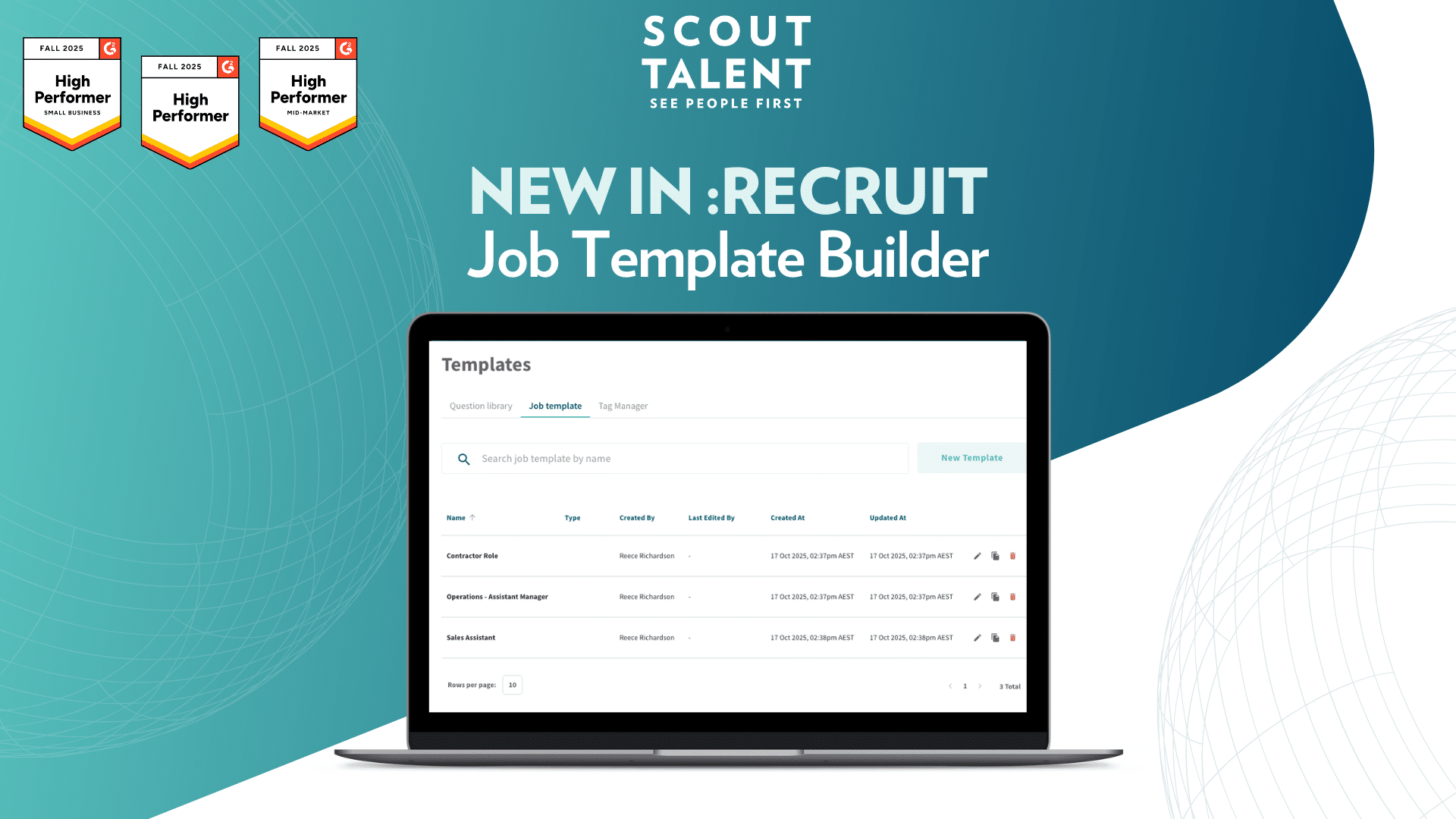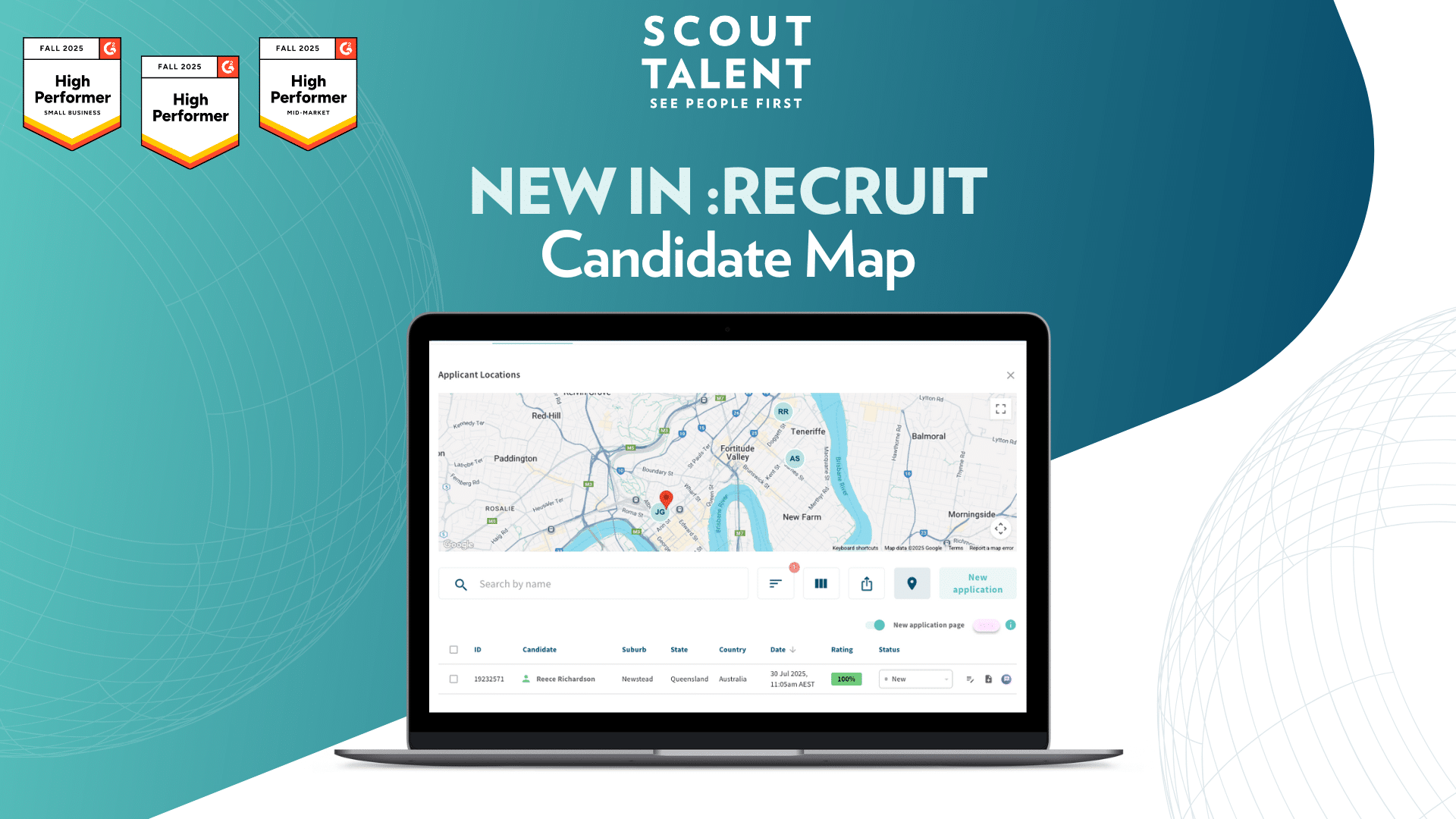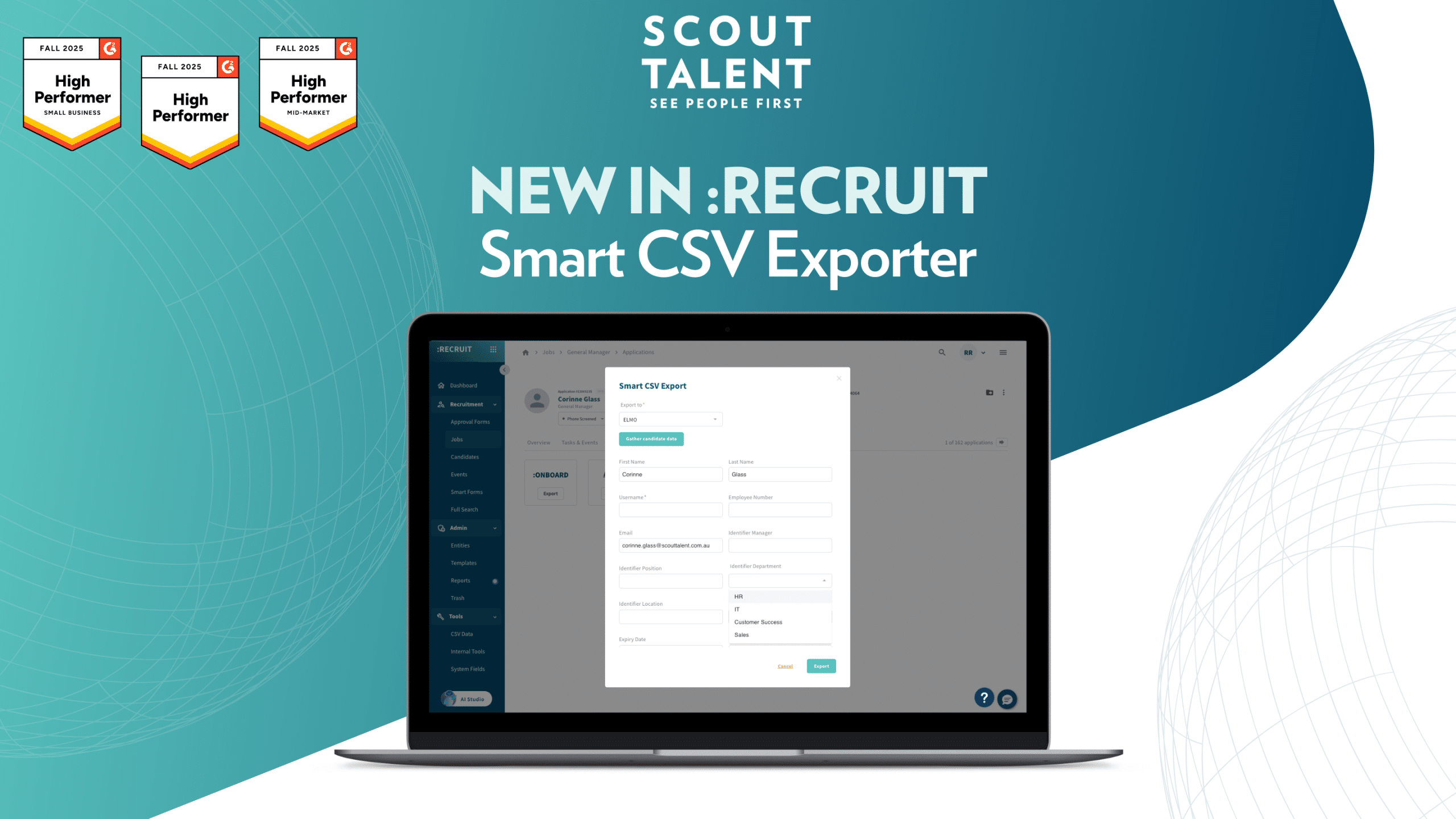Candidates quit applications or decide not to apply for a role for a number of reasons: poor careers site navigation, lack of visibility to opportunities or poor employer brand. Here are the top reasons, and what you can do about it.
Founded 16 years ago, Potentialpark conducts global annual studies to rank top employer brands and determine candidates’ needs and expectations. Potentialpark’s Digital Employer Branding Expert Stephan van Calker shared insights from their latest global study, revealing why candidates decide not to apply for roles.
Incomplete applications and bounces from careers sites
Globally, 56% of candidates said they had quit during a job application, which is a considerable number.
Candidates usually provide three main reasons:
- the job/organization wasn’t right for me
- there were no relevant open jobs for me
- poor website functionality and design.
This is very telling in giving employers clues as to how to improve their candidate experience. In particular, organizations should focus on job search functionality on their careers sites. Also, broken or absent selection filters mean candidates can’t search well enough for positions by location or experience level. For example, if your website is tracking candidates’ location and reveals only local jobs, this can be very limited.
Poor careers site
What makes a great careers site? There are a number of key elements on a careers site.
The most important part of a careers site is a clear menu. Candidates want to know where they are and be able to navigate easily. Another important element is the job search section. Candidates want more developed job search functions with working filters and selection criteria.
Careers sites are the most powerful tool you can use to generate interest and present your unique offering. Help candidates understand if your organization is right for them, in addition to them being able to determine if they are right for you.
Organizations without content or that have irrelevant content will find that candidates might not be able to select or deselect themselves, as they don’t have enough information to make an informed decision. Recruiters then have to wade through numerous unsuitable applications from candidates who aren’t a great fit.
So, populate your careers site with strong brand messaging, videos, testimonials, and employee profile stories.
Lack of transparency
Candidates want more insight and transparency in the recruitment process. They want to know, for example, how long does it take to complete an application, and how long they can expect to hear from organizations after applying.
According to Potentialpark, only 7% of organizations tell candidates in advance when or if they will hear back from them.
By using strong communication practices and candidate care processes, you’ll be miles ahead of your talent competitors.
(Tip: specific dates don’t need to be set in stone. Simply providing a general overview and regular updates is adequate.)
Poor employer branding
Potentialpark advocates using data to inform your employer branding strategy.
In building your employer brand, conduct a thorough assessment of your key candidate communication channels. That is, your careers site, Applicant Tracking System, social channels, recruitment advertisements, and mobile experience. Ensure you have strong job search functionality on your careers site and use data to inform your decision-making.
Manage candidate expectations by providing them with an idea about what to expect in your recruitment process.
One last important thing to note is that candidates not applying for roles isn’t necessarily a bad thing. After all, while organizations are hoping to attract the right people to apply, they are also hoping to turn away the wrong people.
To improve your candidate experience, speak with our Shortlisting and Selection Specialists by calling us on 1 866 474 3140 or emailing us at hello@scouttalent.ca.
If you enjoyed this content and would like to receive our monthly recruitment update emails, simply fill out the form below.




